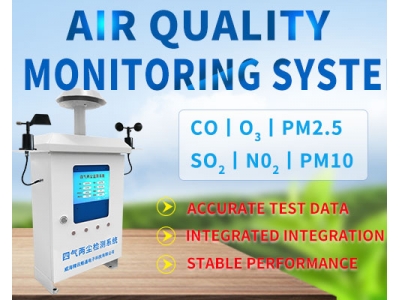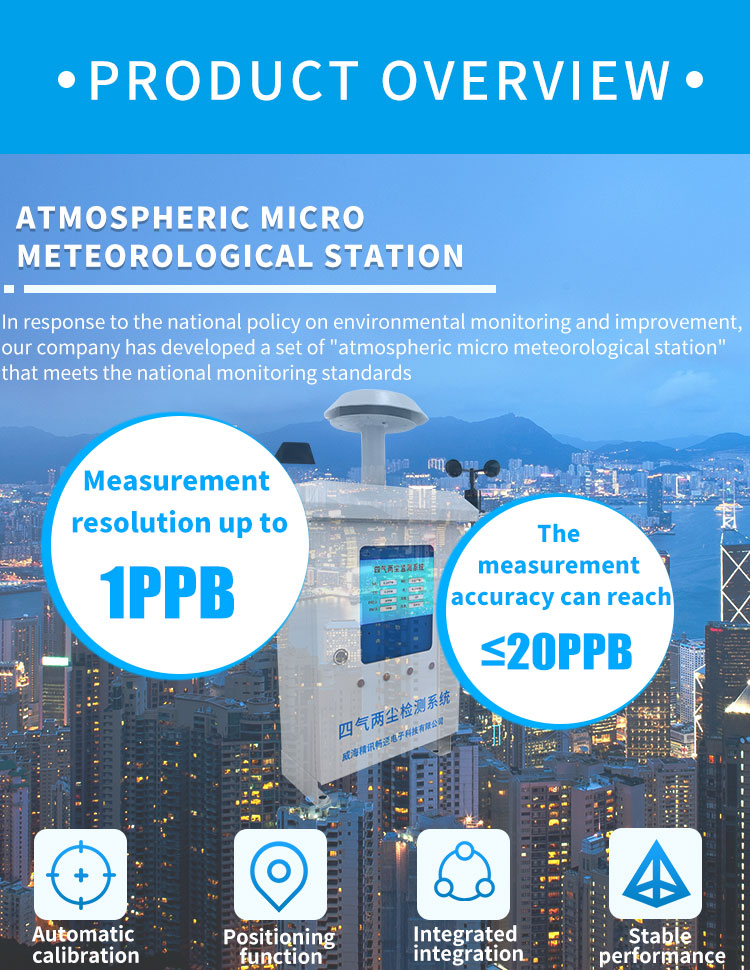
Applications of IoT Air Quality Monitoring Systems
Especially in mining, oil and gas, chemicals and other industries. Therefore, air quality monitoring systems dealing with harmful gases or aerosols are necessary.

Especially in mining, oil and gas, chemicals and other industries. Therefore, air quality monitoring systems dealing with harmful gases or aerosols are necessary.
While air in the environment is absolutely essential for sustaining life activities, it has a far greater impact on industrial production. The quality of the air determines the performance of the workers, which in turn affects the productivity and efficiency of the entire plant. Air quality plays an important role in determining the overall performance of an industry. Especially in mining, oil and gas, chemicals and other industries. Therefore, air quality monitoring systems dealing with harmful gases or aerosols are necessary.
IoT as an interconnective device acts as a perfect medium to determine the quality of air in a particular facility. High-end devices like sensors and meters embedded in strategic places can be used to ascertain the air quality index (AQI) or identify the presence of a particular harmful gas.
Powered with features such as real-time monitoring, multi-channel alerts, and advanced analytics; IoT systems are the best tools to monitor air quality. The data is transmitted to a centralized platform without any latency that enables the monitoring of AQI of a location from anyplace.

It is quite shocking to know that more than 3.8 million people die annually due to indoor air pollution. The presence of particulate matter and harmful gases drops the quality of air, which when inhaled can cause severe diseases such as asthma, decreased lung function, and even cancer.
While the data pertains to both industrial as well as the commercial segment, the impact of air pollutants on workers is more due to the increased concentration of contaminants. The indoor air quality monitoring system thus helps companies to build a healthier working environment to keep the AQI under control. By comparing the real-time air quality data with ideal conditions, companies can facilitate adequate ventilation, control the production of pollutants in their facility, and keep temperature & humidity level in a comfortable range.
Environmental health has been a topic of discussion for decades. Different policies and regulations pertaining to the emission of pollutants in the air have been imposed to keep the air quality high. Hence, to keep the emission rate well under control as per the determined guidelines, it is important for industries to monitor the production of harmful gases.
By using outdoor air quality monitoring systems, companies can track the air quality index around their manufacturing units and subsequently control their emission rates. This helps them to adhere to regulations and prevent any lawfully enforced consequences from air quality administering organizations when air pollution levels exceed its limits.

Particulate matter (PM) or Particulates are solid or liquid microscopic particles suspended in the air. Also known as aerosols, these particles are invisible to the naked eye and can be made up of different components like acids, metals, soil, dust, organic chemicals, etc.
Since these particles are very small, they can be easily inhaled and affect health. The severity of the health issues is directly related to the size of these particles. Coarse PM that is generally found near highways or dusty industries ranges between 2.5 and 10 micrometers. However, the particles that are smaller than 2.5 micrometers are more dangerous since they can easily pass through the nose and throat and enter the lungs.
Controlling the creation of these particles during manufacturing or any other process is hence very important in industries since their continuous exposure can affect the health and performance of workers. By using a PM monitoring sensor along with air quality monitoring systems, companies can monitor the amount of particulate matter present in their facility. The sensor has a laser that scatters whenever particulates cross it. Based on the scattering of laser, the amount of PM in the air can be estimated.
Hence, companies can take steps to reduce the concentration of aerosols in their facility and create a healthy working environment for their employees.
In industries like chemical and oil & gas, where harmful gases and toxins are either used or produced in or during manufacturing processes respectively, even a minor leakage can result in a catastrophe.
Working under the presence of H2S or SO2 for long durations can affect the respiratory system of the workers. Prolonged exposure can even affect mental health and cause severe headache, convulsions, nausea, or conjunctivitis. Also, leakage of combustible gases such as LPG or methane can result in explosions, causing injury to nearby operators and equipment damage. Moreover, oxygen displacing gases (also known as asphyxiants) such as methane or propane can reduce the concentration of oxygen level that can cause severe mental health issues and also death.
By using gas detection systems, the leakage of toxic and combustible gases can be detected and steps can be taken to roll-out the evacuation process, minimize equipment damage, and prevent their spread.
Constituents such as particulate matter and gases determine the quality of air. These pollutants depreciate the quality of air, that causes severe diseases when inhaled continuously. With air quality monitoring systems, industries can detect the presence of these toxics and monitor air quality to take intelligent measures to improve the quality of air for their workers. This leads to an increase in productivity, reduced equipment damage, and effective regulatory compliance.